5(6)-Carboxytetramethylrhodamine succinimidyl ester
- CAS NO.:150408-83-6
- Empirical Formula: C29H25N3O7
- Molecular Weight: 527.52
- MDL number: MFCD00077324
- SAFETY DATA SHEET (SDS)
- Update Date: 2024-11-19 23:02:33
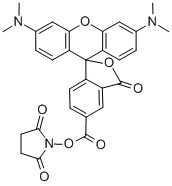
What is 5(6)-Carboxytetramethylrhodamine succinimidyl ester ?
The Uses of 5(6)-Carboxytetramethylrhodamine succinimidyl ester
5(6)-Carboxytetramethylrhodamine succinimidyl ester is one of the most commonly used red fluorescent dyes. The succinimidyl ester reacts readily with primary or secondary amines under mild conditions.
The Uses of 5(6)-Carboxytetramethylrhodamine succinimidyl ester
Amine-reactive fluorescent probe for proteins and peptides conjugation
The Uses of 5(6)-Carboxytetramethylrhodamine succinimidyl ester
NHS-5(6)Carboxyrhodamine is a rhodamine chromophore activated for facile labeling of amino groups.
What are the applications of Application
NHS-5(6)Carboxyrhodamine is a rhodamine chromophore activated for facile labeling of amino groups
Properties of 5(6)-Carboxytetramethylrhodamine succinimidyl ester
| storage temp. | −20°C |
| solubility | DMF: soluble |
| BRN | 8739319 |
Safety information for 5(6)-Carboxytetramethylrhodamine succinimidyl ester
Computed Descriptors for 5(6)-Carboxytetramethylrhodamine succinimidyl ester
| InChIKey | CXYYHBMOVJJZTD-UHFFFAOYSA-N |
New Products
Tert-butyl bis(2-chloroethyl)carbamate 4-Methylphenylacetic acid N-Boc-D-alaninol N-BOC-D/L-ALANINOL N-octanoyl benzotriazole 3-Morpholino-1-(4-nitrophenyl)-5,6-dihydropyridin- 2(1H)-one Furan-2,5-Dicarboxylic Acid DIETHYL AMINOMALONATE HYDROCHLORIDE 1,1’-CARBONYLDIIMIDAZOLE R-2-BENZYLOXY PROPIONIC ACID 1,1’-CARBONYLDI (1,2-4 TRIAZOLE) N-METHYL INDAZOLE-3-CARBOXYLIC ACID (2-Hydroxyphenyl)acetonitrile 4-Bromopyrazole 5-BROMO-2CYANO PYRIDINE 5,6-Dimethoxyindanone 5-broMo-2-chloro-N-cyclopentylpyriMidin-4-aMine 2-(Cyanocyclohexyl)acetic acid 4-methoxy-3,5-dinitropyridine 1-(4-(aminomethyl)benzyl)urea hydrochloride 2-aminopropyl benzoate hydrochloride diethyl 2-(2-((tertbutoxycarbonyl)amino) ethyl)malonate tert-butyl 4- (ureidomethyl)benzylcarbamate Ethyl-2-chloro((4-methoxyphenyl)hydrazono)acetateRelated products of tetrahydrofuran
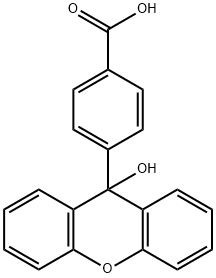
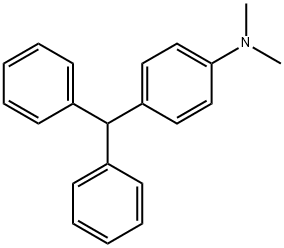


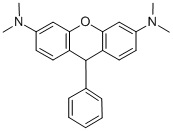


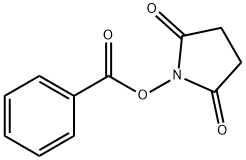
You may like
-
 5(6)-Carboxytetramethylrhodamine N-succinimidyl ester CAS 150408-83-6View Details
5(6)-Carboxytetramethylrhodamine N-succinimidyl ester CAS 150408-83-6View Details
150408-83-6 -
 1975-50-4 98%View Details
1975-50-4 98%View Details
1975-50-4 -
 2-HYDROXY BENZYL ALCOHOL 98%View Details
2-HYDROXY BENZYL ALCOHOL 98%View Details
90-01-7 -
 2-Chloro-1,3-Bis(Dimethylamino)Trimethinium Hexafluorophosphate 221615-75-4 98%View Details
2-Chloro-1,3-Bis(Dimethylamino)Trimethinium Hexafluorophosphate 221615-75-4 98%View Details
221615-75-4 -
 61397-56-6 CIS BROMO BENZOATE 98%View Details
61397-56-6 CIS BROMO BENZOATE 98%View Details
61397-56-6 -
 14714-50-2 (2-Hydroxyphenyl)acetonitrile 98+View Details
14714-50-2 (2-Hydroxyphenyl)acetonitrile 98+View Details
14714-50-2 -
 118753-70-1 98+View Details
118753-70-1 98+View Details
118753-70-1 -
 733039-20-8 5-broMo-2-chloro-N-cyclopentylpyriMidin-4-aMine 98+View Details
733039-20-8 5-broMo-2-chloro-N-cyclopentylpyriMidin-4-aMine 98+View Details
733039-20-8
Statement: All products displayed on this website are only used for non medical purposes such as industrial applications or scientific research, and cannot be used for clinical diagnosis or treatment of humans or animals. They are not medicinal or edible.